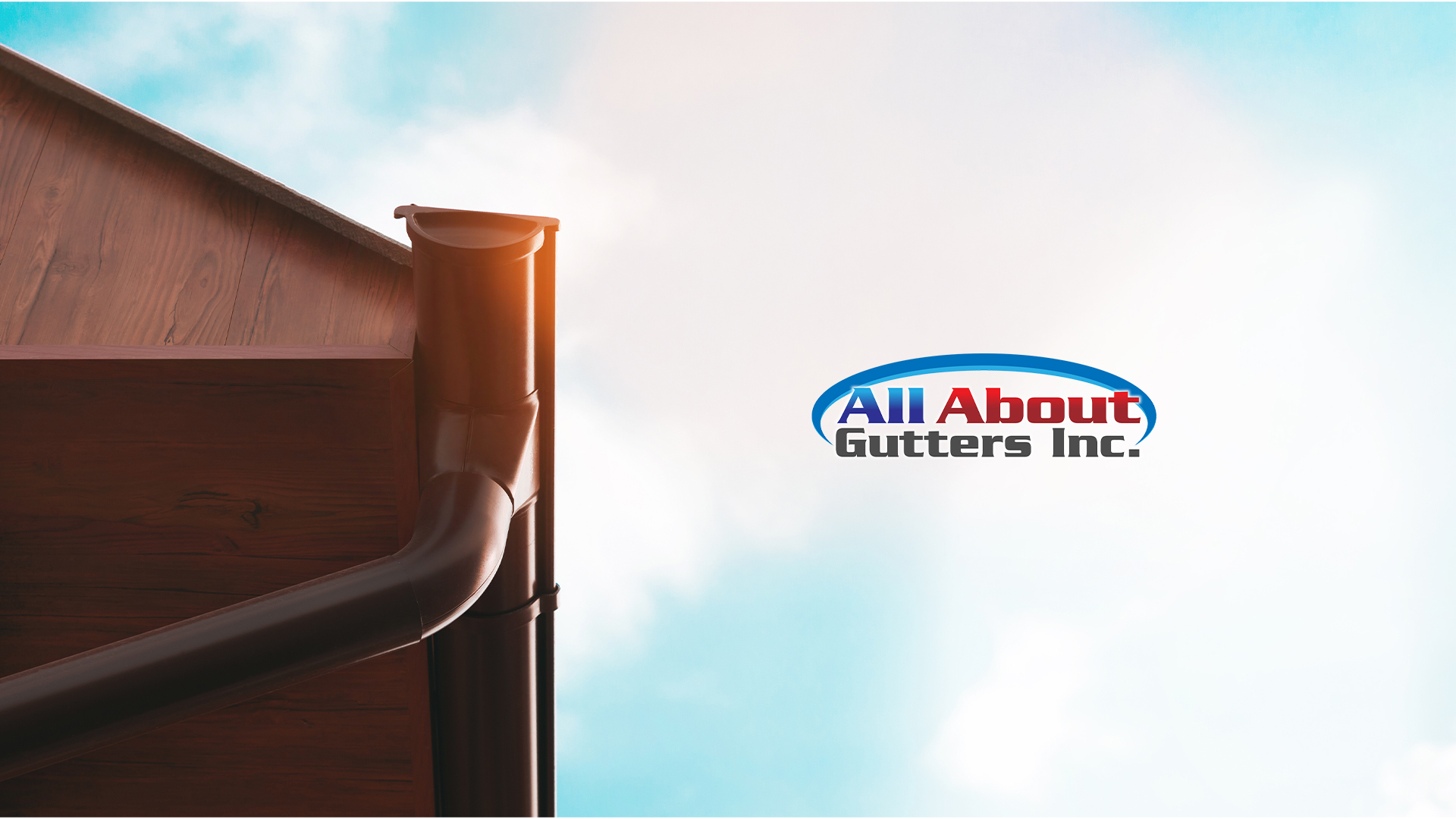Rainwater Disposal: Gutters and Downpipes
The rainwater collection and
disposal system consists of gutters and downspouts. Without the presence of
such a system, the rain would wash away freely along the perimeter walls of a
building, dragging dirt and aggressive chemical agents with it which could
cause deterioration of the walls and the formation of spots and streaks with
consequent aesthetic damage.
However, beyond the external
deterioration, the rainwater could also penetrate inside the wall structure,
causing infiltrations and, in the long run, structural damage. To pursue this
aim it is important that gutters and downspouts are not damaged and are always
kept in good condition.
How to Design a
Rainwater Disposal System
The shape and pattern of the
gutters depend on the type of roofing. Thus, in a roof with different pitches
or with a roof at different heights, the rain drainage system will also be very
complex, sometimes even to the detriment of the aesthetics of the building.
Gutters are rainwater collection
channels that convey them into vertical pipes called downspouts. The rainwater
itself is collected by the gutters, flowing from the tiles, in the case of a
pitched roof, or from the attic itself, which is given a suitable slope, in the
case of flat roofs.
The gutters are fixed along the
perimeter of the roof, a few centimeters apart, using dowels or storks. The
fixing must be rather firm, to make the channels able to support loads
consisting of atmospheric agents such as wind and snow, but also concentrated
loads, such as the support of a ladder.
In order for the water to flow
correctly towards the downspouts, the gutters must have a slight slope of at
least 1%, i.e. one centimeter per meter of length. Downspouts used for homes
have a diameter of between 60 and 120 mm. In particular, the greater the
distance between the pipes, the greater their diameter. Their fastening system
consists of a collar that rotates around the pipe and is fixed to the masonry
with a dowel.
To avoid blockages, various types
of filters are used, internal or external. The leaf stoppers, for example, are
external filters consisting of a sort of metal cage to be positioned at the
mouth of the pipes. The internal filters are instead placed inside the pipes,
to collect and filter the debris.
Materials for
Gutters and Downspouts
The piping system formed by
gutters and downspouts can be made with various types of materials:
- Galvanized steel
- Stainless steel
- Aluminum and its alloys
- Rigid PVC
- Copper
- Titanium zinc.
The choice of one or the other
material depends on some factors such as the type of roof and the place where
the building is located. In fact, it will be necessary to evaluate the local
meteorological conditions and estimate the amount of rain that will have to be
disposed of. More than considering the
average rainfall of the place, however, it will be useful to inquire about the
maximum recorded in recent years, in order to size the channels for the worst-case scenario.
PVC is a light and easy-to-install
material, very resistant to bad weather, and cheap. Its flaw, however, is the
aesthetic aspect.
Copper is very resistant, in
particular, it is not afraid of oxidation. It is quite expensive, but on the
other hand, it is able to last a very long time, at least 30 years and even 50,
if you are careful to carry out good periodic maintenance. Aluminum represents a good solution because
it is very light, resistant, and aesthetically pleasing. It is especially suited
to large lengths and allows numerous profiles and a wide choice of colors. Zinc
is very resistant to corrosion and cold and can last more than 50 years.
However, it is very expensive and difficult to implement, so it is not used
frequently.
Types of Gutters
Also from the point of view of
shape, various types of gutters can be found on the market. The most common
because they are also simple to hook up is the semi-round ones, with an arched
profile. Then there are the square profile gutters, used above all in cottages.
On the other hand, corrugated gutters are straight at the base and wavy in the
exposed part, so they are very useful for obtaining particular profiles
suitable for classic buildings.
.jpg)



Comments
Post a Comment